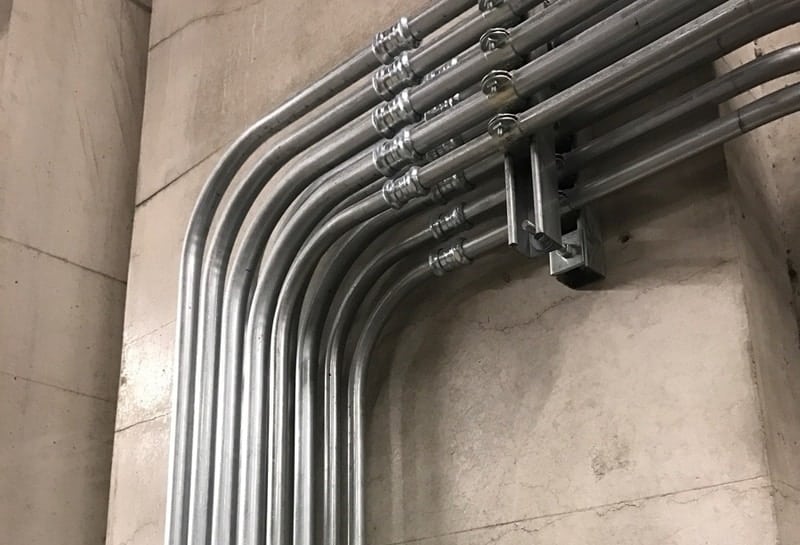Construction, architecture, automotive, and more. Most heavy-duty industries involve some kind of pipe and tube bending work. It is one of the primary functions performed at every fabrication shop and Pipe Tube Bender – Asset Plant & Machinery are the fundamental equipment used.
Every architect and home creator understands how important tube bending functions are for their projects. From fitting gas or plumbing pipes to erecting sturdy structural foundations, these projects call for tube bending multiple times a day.
Acing tube bending skills can be a boon to architects and can mean the difference between the success and failure of their projects. Here is everything you need to know about bending pipes and tubes.
- Understanding tube bending
Let us begin with understanding the basic meaning of the term tube bending. The meaning of tube or pipe bending is very much upright and is exactly what one would expect. In simple words, tube bending refers to the process of bending tubes and pipes for various purposes and applications.
From musical instruments to roll cages, everything involve bending some kind of tube. In architectural or construction projects pipeline fitting, erecting staircases, and even creating some modern art pieces are a common use of tube bending.
One of the common mistakes people do is to use the terms tube and pipe interchangeably. While these look pretty much the same there is a subtle but crucial difference.
Pipes are always round whereas tubes can take any shape such as rectangular. Tubes are lighter and are designed to withstand lower internal pressure as compared to pipes that are mostly thicker and heavier. And lastly, tubes are designated by their external diameter while pipes are identified by their internal diameter which also defines the flow capacity of a pipe.

- Advantages of tube bending
Tube bending has numerous applications and can be used to create several products. In a singular architectural domain, it can be used in multiple ways consequentially delegating the same number of benefits.
Some examples of tube bending usage in architecture include creating foundational structures, building outdoor shelters, creating decorative units, establishing gas or water supplies, etc.
Tube bending eliminates or reduces the need for cutting and welding multiple pieces. You can use a single tube for complex structures with a minimum number of joints.
As there is a very less number of joints, it results in greater productivity and better outcomes in the end. With higher productivity, you can also save money and make your project more profitable.
- Understand tube bending types
Tube bending can be done in several ways and each method has its unique benefits. Commonly used tube bendings are:
- Mandrel bending: It is considered the best type of bending as it is a force to stretch the internal wall of the tube around the mandrel. This process prevents flattening and the development of kinks during bending.
- Press bending: This method relies more on the outer wall and needs you to press the brake. It is a highly cost-effective and versatile bending type.
- Angle roll: It is also called section rolling where the tube is stretched inside a roll and is bent into the desired shape by applying pressure inside the rolls.
- Rotary draw bending: This method is the most popular bending type as it allows you to have maximum control over the bending process and achieve great precision. The tube is simply clamped and drawn around a die using an electric or hydraulic machine to get the right bends.






